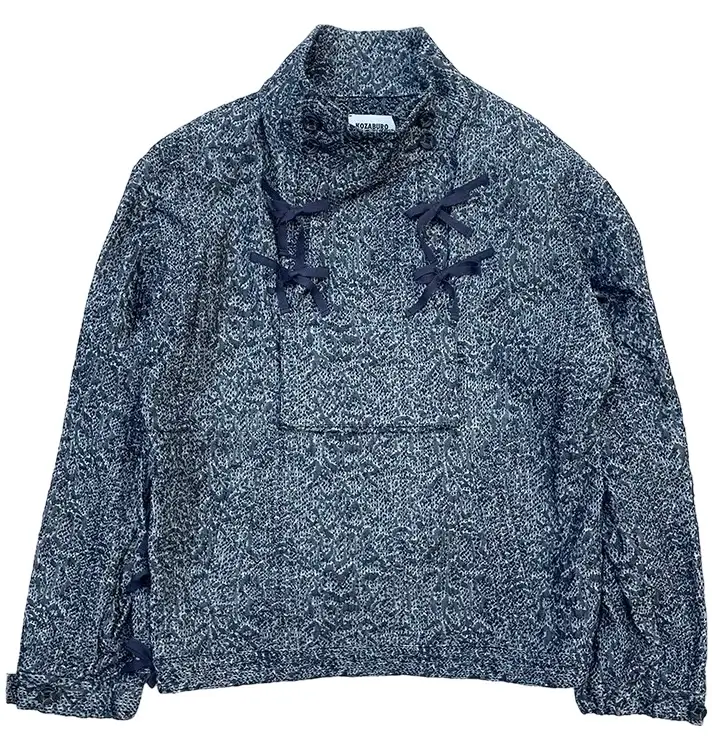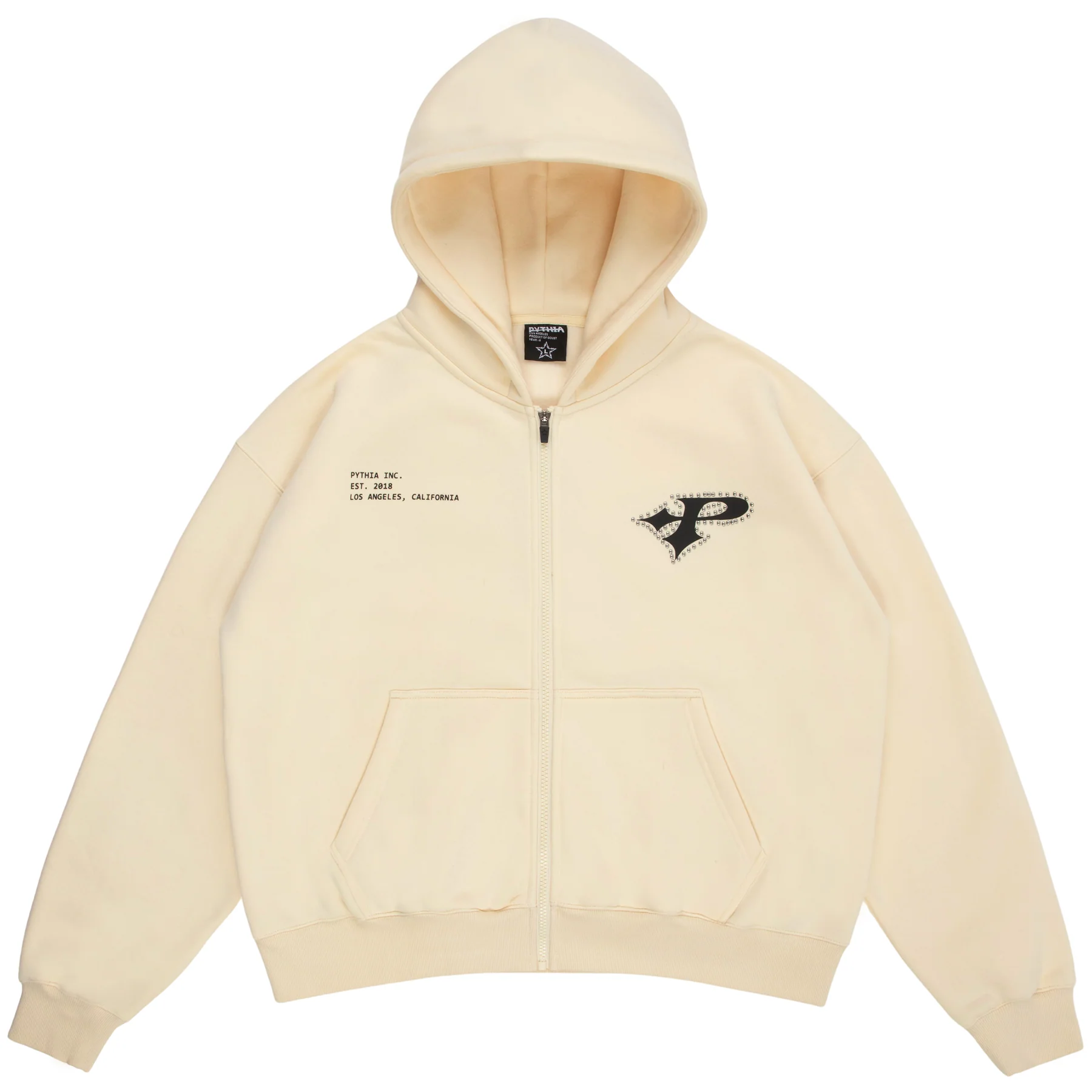In the design language of Nike’s ISPA division—Improvise, Scavenge, Protect, Adapt—utility isn’t just a feature. It’s a philosophy. The new Nike ISPA Adapt Mod Vest in Black arrives not as a conventional garment, but as a conceptual response to the conditions of the modern urban environment. It’s equal parts wearable infrastructure, design experiment, and survivalist armor, imagined for a generation navigating climate volatility, hyper-mobility, and cultural saturation.
The Vest as Platform, Not Product
From the moment it’s unboxed, the ISPA Adapt Mod Vest asserts itself less as an accessory and more as a platform. Constructed with a segmented design that emphasizes adaptability, the vest’s core proposition is its modularity. Its components can be added, removed, or repurposed depending on environment, task, or style preference. In this way, it echoes the philosophy of responsive gear—clothing that mutates based on lived conditions.
The black version leans heavily into a sleek utilitarian aesthetic. Minimalist yet aggressive, the vest features a combination of breathable mesh, structural nylon, and reinforced webbing that speaks the language of tacticalwear without descending into cosplay. It’s not military-chic; it’s urban armor.
From an engineering perspective, the ISPA Adapt Mod Vest borrows from industrial design more than traditional fashion. Each zipper, buckle, and strap is purposeful. Weight distribution is balanced. Pockets are spatially considered. It’s the type of garment that looks best when in motion—on a bike, on a commute, in transition.
ISPA: A Design Code, Not a Trend
Nike’s ISPA division, launched in 2018, is where innovation escapes the lab and takes to the street. The acronym—Improvise, Scavenge, Protect, Adapt—is more than clever branding. It represents a rejection of permanence. ISPA designs are meant to change with you, to evolve with the terrain. The Adapt Mod Vest is the clearest articulation of this ethos yet.
While much of contemporary fashion remains steeped in aestheticism, ISPA situates itself in problem-solving. And not hypothetical problems, either. The vest is built for real-world encounters: unexpected rain, delayed trains, overheated subway platforms, cross-city navigation. It doesn’t romanticize the urban jungle—it responds to it.
In black, the vest becomes even more versatile. It can be layered over technical outerwear or minimal tees, paired with cargo pants or running tights. The monochrome presentation allows the structural complexity to speak for itself—no logos, no distractions, just function made visual.
Modular Thinking: The Future of Garment Logic
What makes the Adapt Mod Vest compelling is not just what it is, but what it can become. It reintroduces the idea of user agency into garment design. With removable utility pouches, reconfigurable strap placements, and breathable paneling that can be adjusted based on temperature or task, it invites interaction.
This isn’t passive clothing. It requires engagement. Like a well-designed app or open-source toolkit, the vest is incomplete without its wearer’s input. It’s an invitation to mod—both literally and metaphorically. In a fashion world increasingly governed by drops and dictation, the ISPA Adapt Mod Vest feels refreshingly democratic.
The vest’s modularity also speaks to sustainability through longevity. By allowing pieces to be swapped or evolved, Nike shifts away from planned obsolescence. The vest is not a one-season wonder—it’s an evolving ecosystem. This aligns with broader movements in circular design, where versatility and upgradability take precedence over fast turnover.
Aesthetic Intelligence: Form as Narrative
From a visual standpoint, the ISPA Adapt Mod Vest doesn’t scream. It suggests. The black colorway amplifies its sculptural quality, creating shadows that emphasize texture, fold, and dimension. It’s a vest that photographs like architecture—defined by negative space and angular contrast.
This is where fashion meets speculative design. The vest wouldn’t look out of place in a sci-fi film set in a near-future Tokyo or an underground drone control center. But it also doesn’t overstate its fictionality. It’s entirely plausible. It’s designed for now—but it hints at what’s next.
The subtlety of the piece, despite its utility-forward profile, makes it gender-neutral, context-neutral, and genre-fluid. Whether worn by creative technologists, cyclists, stylists, or DJs, the vest adapts to its environment the way it’s meant to.
Cultural Positioning: Between Techwear and Terrain
The ISPA Adapt Mod Vest emerges within a fashion ecosystem increasingly obsessed with techwear—that sprawling genre of utilitarian-inspired apparel popularized by brands like Acronym, Guerrilla Group, and ACG. But unlike some of its more precious or gatekept counterparts, Nike’s ISPA offerings retain accessibility.
It’s less about clout, more about conditions.
The vest’s aesthetic fluency with both the street and the studio makes it an ideal node for conversations around climate adaptability, creative uniformity, and global movement. It’s not just gear for the storm—it’s gear for the stream: of traffic, of information, of culture. In many ways, the vest is the closest garment representation of contemporary accelerationism—built not to slow down chaos, but to navigate it efficiently.
Functional Spec Sheet (Implied, Not Listed)
Rather than overtly detailing its features through marketing jargon, the Adapt Mod Vest lets design literacy do the work. The wearer doesn’t need to be told it’s water-resistant, ventilated, or cross-compatible with ISPA pouches—the materiality speaks for itself.
Still, functionality is deeply embedded:
- Ventilated back panel for breathability
- Adjustable strap system for personalized fit
- Snap-on modular pockets with removable anchoring
- Lightweight but abrasion-resistant textiles
- Minimal branding to preserve versatility
Impression
The Nike ISPA Adapt Mod Vest in Black doesn’t arrive to compete with hoodies or bombers. It doesn’t follow trends. It’s a deviation from the conventional fashion narrative, and a decisive entry into the domain of gear-as-gesture. It is built not just for protection, but for performance across unpredictable terrains—either they be climatic, urban, or cultural.
No comments yet.









